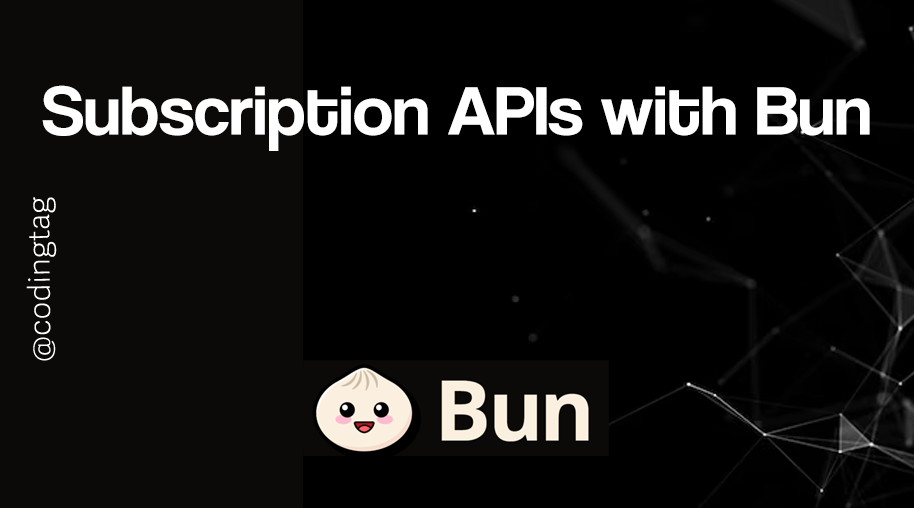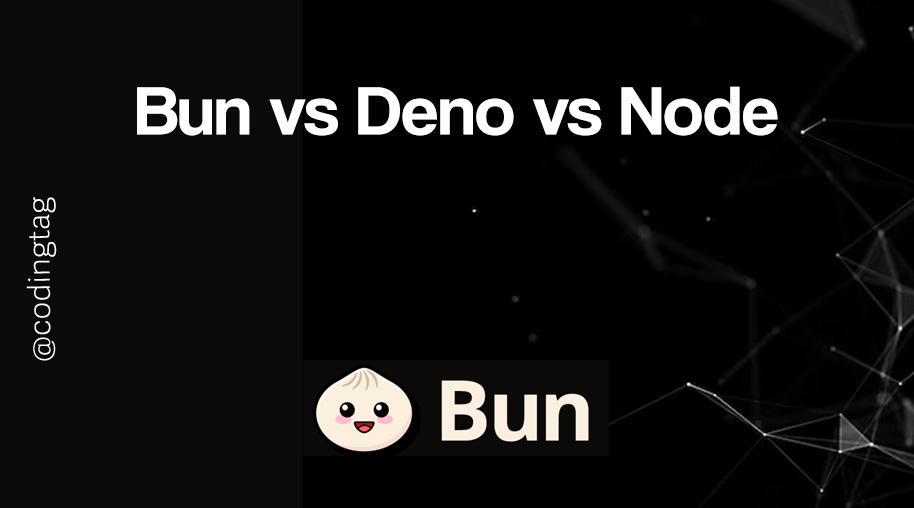Bun Scheduler and Job Queues
0 1247
🕒 Introduction to Bun Scheduling
In modern applications, scheduling tasks and managing job queues are essential to ensure background processes run efficiently—whether it’s sending emails, processing uploads, or triggering periodic cleanup scripts.
With Bun, these capabilities are lightweight and blazing fast thanks to its native performance and built-in concurrency features.
📆 What is Bun Scheduler?
The Bun Scheduler allows you to run recurring or delayed tasks within your app using JavaScript functions and timers. It’s similar to how setInterval or setTimeout works but with more structured logic when paired with queues and asynchronous workflows.
📋 What are Job Queues in Bun?
A Job Queue is simply a data structure (often an array or linked list) where you can push tasks that need to be handled—either now or later.
In Bun, you can implement this natively without extra libraries by leveraging its fast event loop and workers.
⚙️ Creating a Simple Scheduler in Bun
Here's a basic example using setInterval to simulate scheduled jobs in Bun:
// scheduler.ts
function runScheduledJob() {
console.log("🔁 Job executed at", new Date().toISOString());
}
// Run every 10 seconds
setInterval(runScheduledJob, 10000);
You can run this file using the Bun runtime like this:
bun scheduler.ts📬 Building a Basic Job Queue 🧵
Let’s build a minimal job queue where jobs are added to a queue and processed asynchronously:
// queue.ts
type Job = () => Promise<void>;
const jobQueue: Job[] = [];
async function processQueue() {
while (true) {
if (jobQueue.length > 0) {
const job = jobQueue.shift();
if (job) await job();
}
await new Promise((r) => setTimeout(r, 500)); // wait 500ms
}
}
// Add job to queue
function addJob(job: Job) {
jobQueue.push(job);
}
// Example usage
addJob(async () => {
console.log("📨 Sending email at", new Date().toISOString());
});
processQueue();
This minimal setup helps you simulate deferred job handling like email sending, image processing, etc.
🧠 Tips for Smarter Scheduling
- Debounce jobs that don’t need to run too frequently.
- Persist job data if reliability is critical (e.g., in a database).
- Tag jobs with priority levels to process urgent ones first.
- Use worker threads in Bun for heavy or parallel job processing.
💡 Using Cron-like Logic
Want to simulate cron jobs with specific timing logic?
Try something like this:
// cron.ts
function runAtSpecificTime(hour: number, minute: number, callback: () => void) {
setInterval(() => {
const now = new Date();
if (now.getHours() === hour && now.getMinutes() === minute) {
callback();
}
}, 60000); // check every minute
}
runAtSpecificTime(14, 30, () => {
console.log("⏰ It's 2:30 PM - running scheduled job!");
});
This approach is lightweight and works well if you don’t need full cron parsing.
⚡ Power of Bun Workers for Job Parallelism
If you want to run jobs in parallel without blocking your main thread, Bun’s support for workers is perfect.
Here’s a brief example:
// worker.ts
import { Worker } from "bun";
const worker = new Worker(new URL("./job.ts", import.meta.url));
In job.ts, you can define heavy background jobs and offload them without affecting the main app’s performance.
🔐 Handling Failures in Queues
Make sure to wrap your job executions in try-catch blocks and log any errors. You can also implement retry logic with a simple counter or delay mechanism:
async function safeJobRunner(job: Job, retries = 3) {
try {
await job();
} catch (err) {
if (retries > 0) {
console.log("❌ Job failed, retrying...");
setTimeout(() => safeJobRunner(job, retries - 1), 1000);
} else {
console.log("🚨 Job failed after retries:", err);
}
}
}🚀 Use Cases in Real World
- 📧 Sending batch emails in intervals
- 🧼 Auto-cleaning old records from DB
- 📦 Queuing product sync with third-party APIs
- 📊 Background analytics processing
🧩 Third-Party Libraries? Not Always Needed
One of the advantages of Bun is that for many simple queueing and scheduling tasks, you don’t need third-party libraries like Bull or Agenda.
Bun’s performance and core APIs are enough for lightweight job scheduling logic.
🧾 Final Thoughts
Bun Scheduler and Job Queues bring power and simplicity together. You don’t need heavyweight solutions to implement efficient, reliable background jobs. With Bun, you're working close to the metal, meaning faster execution, leaner code, and fewer dependencies.
So why wait? Start offloading tasks the smart way with Bun's built-in tools. It’s fast, elegant, and built for modern developers. 🚀
If you’re passionate about building a successful blogging website, check out this helpful guide at Coding Tag – How to Start a Successful Blog. It offers practical steps and expert tips to kickstart your blogging journey!
For dedicated UPSC exam preparation, we highly recommend visiting www.iasmania.com. It offers well-structured resources, current affairs, and subject-wise notes tailored specifically for aspirants. Start your journey today!

Share:






Comments
Waiting for your comments